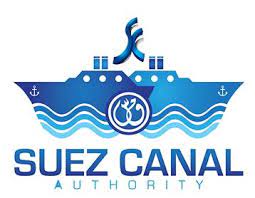Part 2 of 2 Parts (Please read Part 1 first)
Direct nuclear power generation aboard a ship circumvents the efficiency losses of producing any hydrogen, ammonia, or methanol. Low-grad exhaust heat from land-based nuclear power plants can contribute to producing hydrogen but energy is required to cultivate and harvest the crops necessary for methanol production. On the other hand, direct use of nuclear power for commercial ship propulsion allows arable land to be utilized for food production instead of cultivating crops to produce biofuel. Over the whole service life of a vessel, there is a possibility that a nuclear-powered ship could be cost competitive against other low-carbon technologies.
Public pressure and concerns over safety have caused many coastal cities around the world to prohibit nuclear-powered vessels from entering ports. Currently, the Suez Canal Authority discourages nuclear power vessels from sailing through the Suez Canal. There have been rare occasions when negotiations have permitted a nuclear power vessel to travel through the canal. The threat of a breakdown happening aboard a nuclear-powered ship while sailing through the canal would result in the closure of the canal and massive losses of revenue for the Canal Authority.
The Suez Canal Authority does permit towed vessels to travel through the canal. Advanced notification and negotiations are usually required when a small vessel such as a tugboat tows a large vessel through the canal. Occasionally, a large vessel will tow a much smaller vessel through the canal. This provides a basis for future discussion and negotiation with the Suez Canal Authority. In the future, a small vessel generating electric power while being towed by a much larger vessel pulling on a towing cable that also incorporates electric power cables.
A molten salt nuclear reactor could be deactivated before a nuclear-powered ship arrived at the entrances of the Suez Canal. A towed electric generator cable would be attached to each deactivated nuclear ship by towing cables with power cables. This setup would provide propulsive energy and navigation control to the bigger ship. Electricity from the small-towed vessel would provide propulsion and navigation control for the bigger vessel. Such an operation is technically feasible but has never actually taken place through the Suez Canal. It would require a policy directive from the Suez Canal Authority.
South Korea is working on the development of a commercial ship powered by a molten salt nuclear reactor. It is one of the technological choices as the international shipping industry transitions to low-carbon emission and zero-carbon emission propulsion. There will most likely be future discussions with the Suez Canal Authority with respect to nuclear powered commercial ships needing to travel between the Mediterranean Sea and the Red Sea. There will also need to future discussions with port authorities internationally.
While nuclear powered commercial ships could be a good fit to reduce carbon emissions from vessel propulsion, such ships will be vulnerable to any disruptions in the global nuclear fuel supply chain. Perhaps other low or no carbon sources of propulsion such as sails should be more fully explored.
